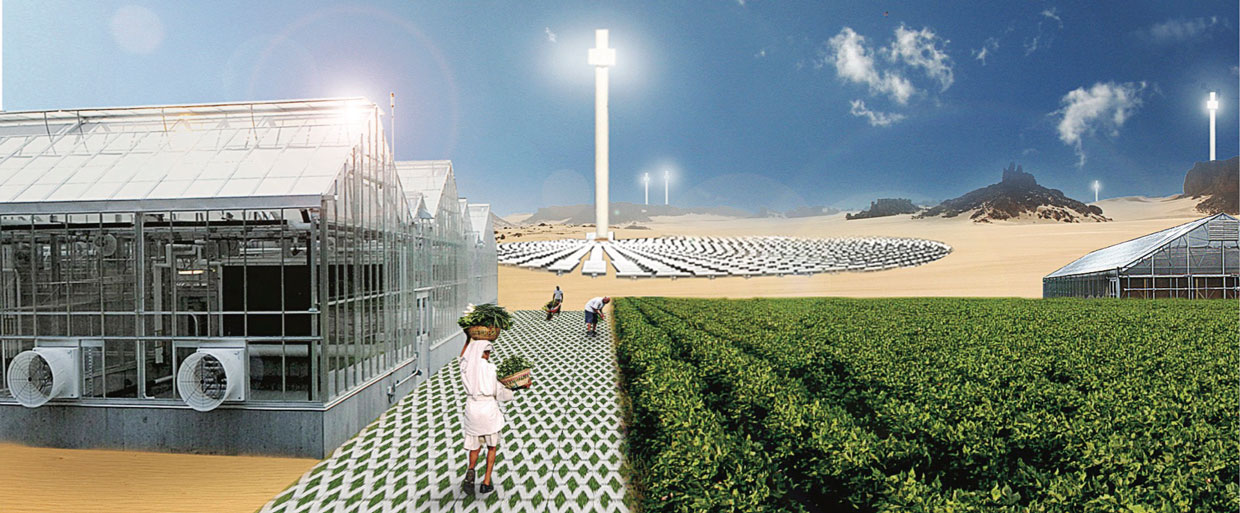IEEE The Institute: Startup Takes Greenhouses Off the Grid
A warm climate is ideal for farming, but many of the world’s warmest and sunniest countries, including those in the Middle East, North Africa, and Southeast Asia, don’t have power grids reliable enough to sustain industrial greenhouses with complex heating, cooling, and watering systems.
That’s why the founders of Solho, a green energy startup in Delft, the Netherlands, are working on a solar energy system that could support a greenhouse untethered from the electric grid. They are developing the Sprhout, a solar-powered horticultural off-grid system that is designed to harness heat from the sun and then convert that heat to electricity to power a greenhouse’s heating, cooling, and irrigation. The system will use automation software that will allow remote control, the company says.
Solho was selected as an IEEE N3XT® Star at the Engineering Innovation Summit, held in December in Brussels. The program seeks ventures with engineering-driven innovation at their core that align with IEEE’s mission to advance technology for humanity. It connects startups with technical experts, funding sources, strategic partners, and news media exposure.
HOW THE SYSTEM WORKS
Solho was founded last year by a trio of engineers specializing in green technologies: IEEE Members Emiliano Casati, Adriano Desideri, and Adam Head. They had developed the Sprhout concept in 2015 as a side project of their graduate studies.
They’ve partnered with Van der Hoeven, one of the largest Dutch greenhouse manufacturers, to build a prototype that will power a greenhouse in Avignon, France. The project is partially funded by South Holland, a Netherlands province where Delft is situated that allocates funds for local startups.
“We chose to test our system in the south of France because that area gets enough sunlight to help us prove that our solar-powered system will work,” Desideri says.
Next to the greenhouse will be 200 square meters of solar thermal collectors—flat panels that absorb sunlight. The collectors will feed a thermal energy storage system able to power a 300-square-meter greenhouse 24 hours a day. Eventually, Solho wants to scale up to a system that can power a 5-hectare space.
The application of solar thermal power allows such greenhouses to operate completely off the power grid, Desideri notes.
In future versions, he says, seawater will be pumped to the greenhouse site, collected, and passed through a desalination system, with the clean water distributed through the greenhouse’s irrigation system. Software will automatically control the power distributed to the greenhouse’s heating and cooling systems as well as its desalination plant, he adds. Farmers won’t have to carry out daily maintenance on the Sprhout, he says.
The company hopes to test its first prototype by August. Once that’s finished, Solho plans to scale up and start building a 1,000-square-meter test facility in North Africa or Saudi Arabia, where it can incorporate automation software and desalination. The company aims to make its technology available commercially by 2020.
Read the rest of the article on IEEE The Institute here.






